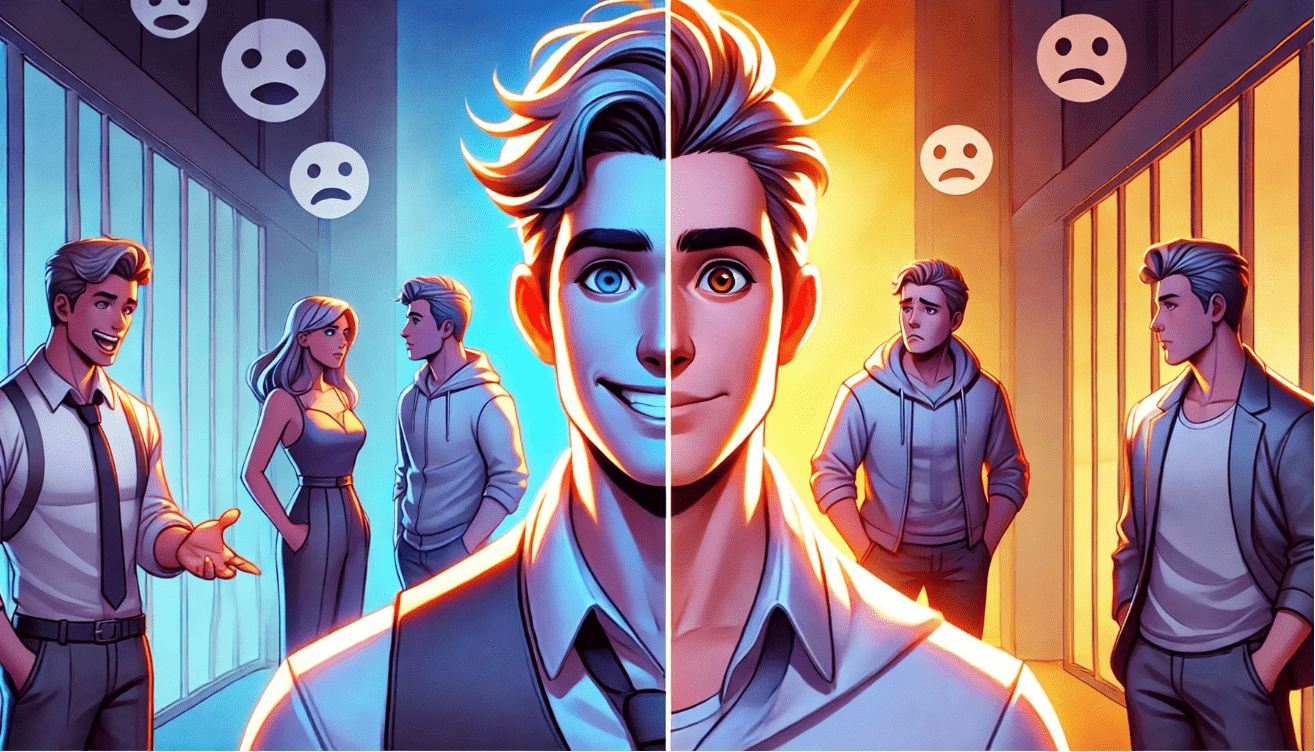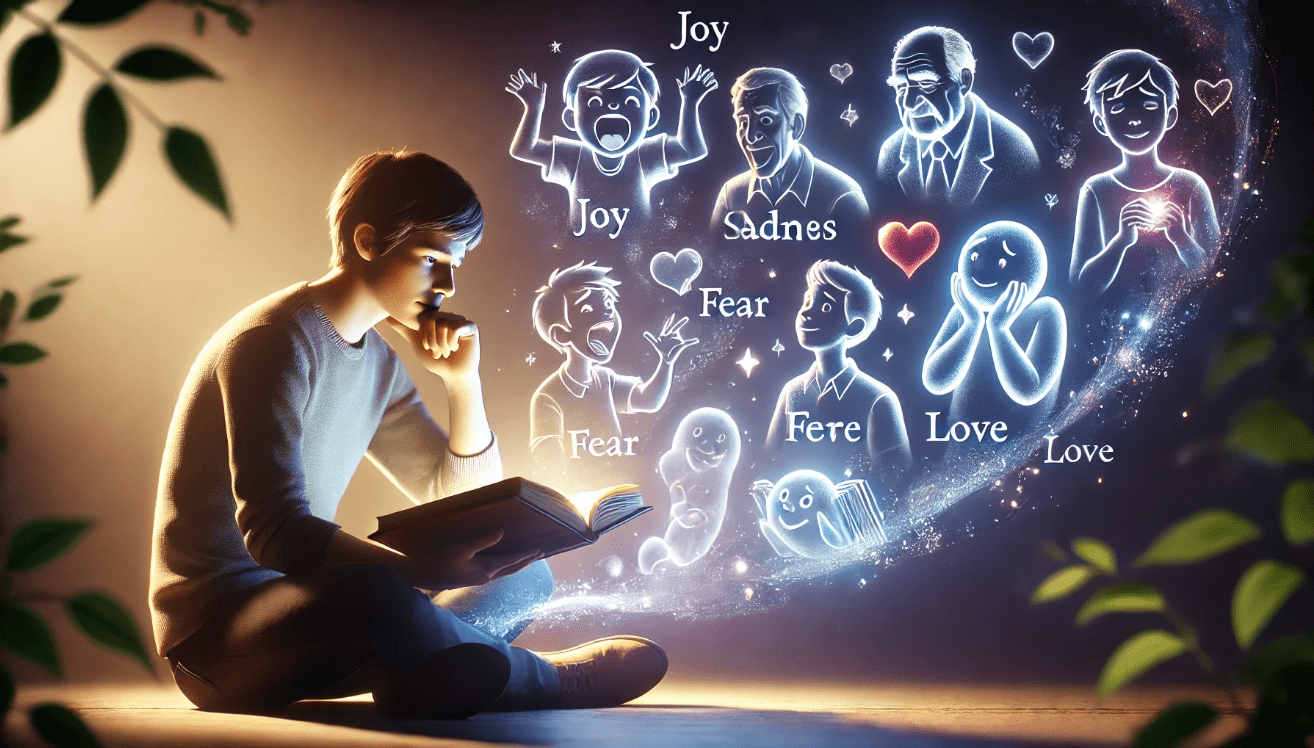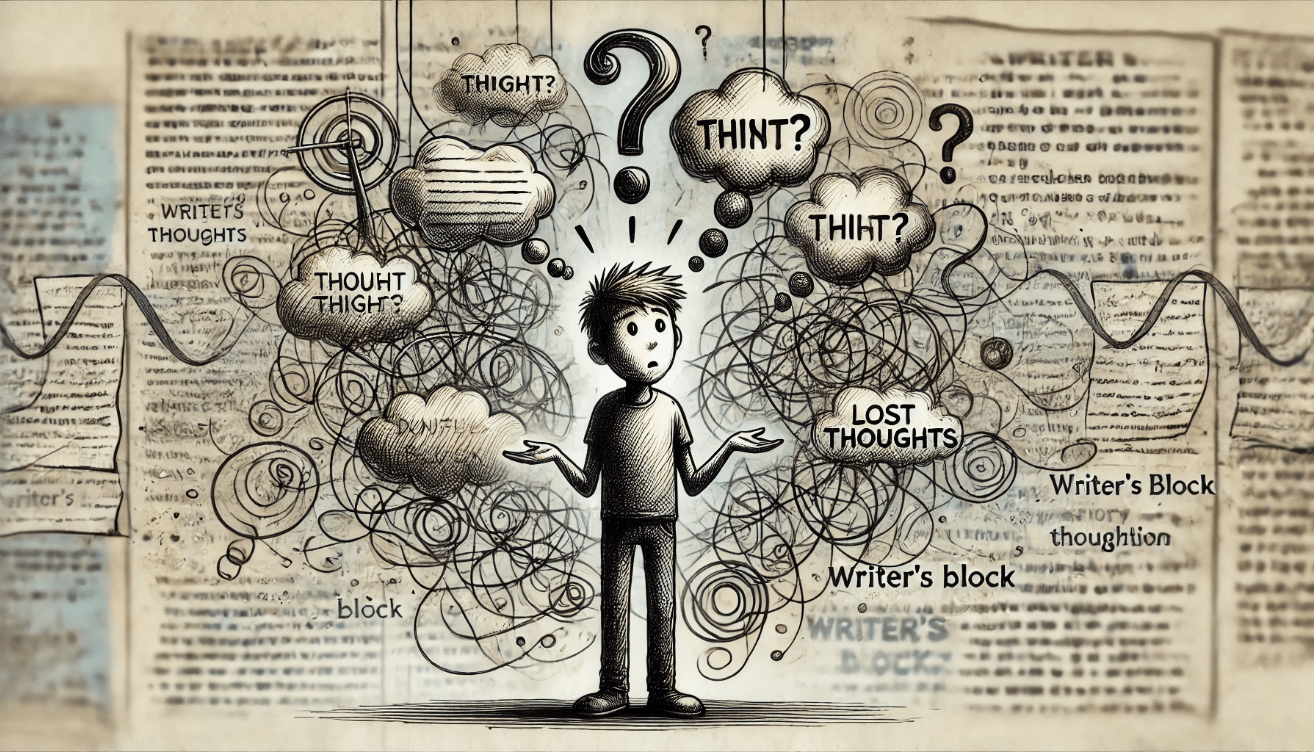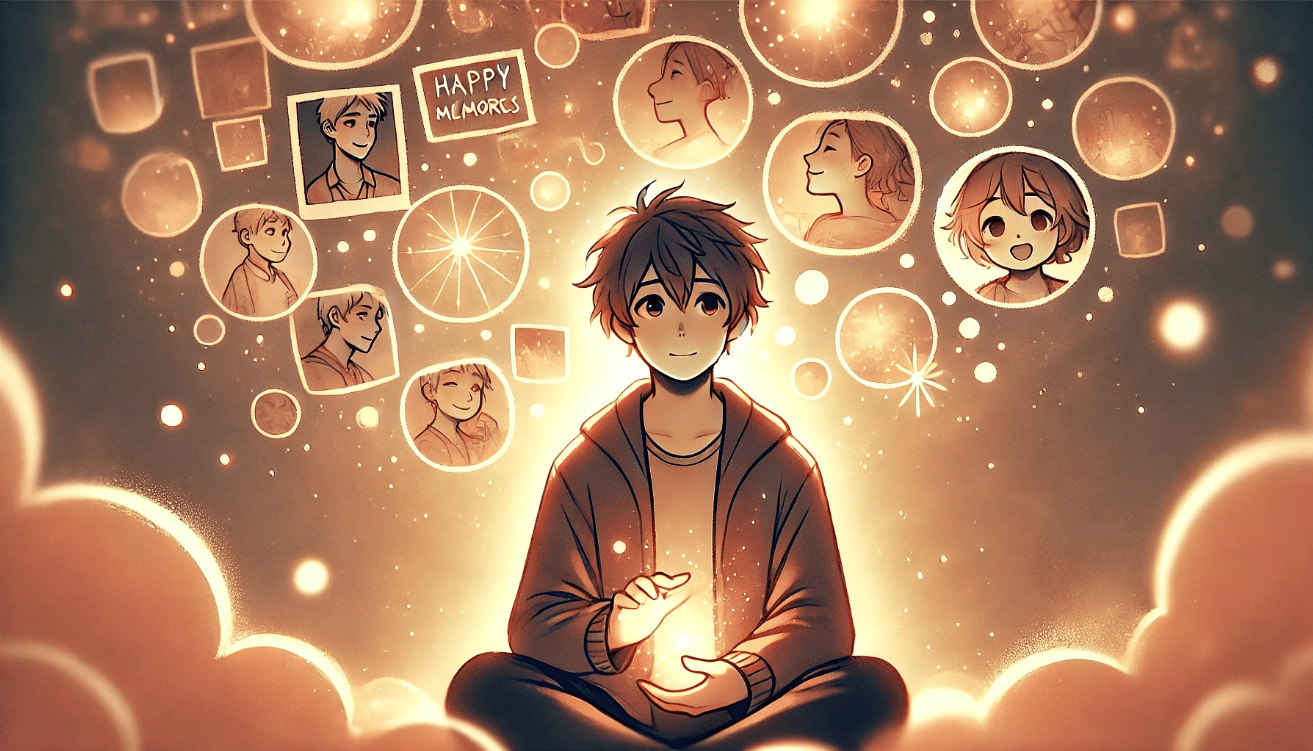
How Soliloquies and the Development of Complex Characters Create Compelling Stories Readers Love
Ever wondered why some stories stick with you long after the final page? It’s the characters—flawed, relatable, and unforgettable. Soliloquies and the development of complex characters are the secret sauce behind these gripping tales. Whether you’re a writer struggling to craft authentic characters or a reader eager to dive deeper into stories, this article will show you how soliloquies reveal a character’s soul, making narratives irresistible. Get ready for practical tips and insights to create or appreciate characters that leap off the page! 😊 Keep reading to unlock the art of storytelling that captivates hearts
Table of Contents
ToggleWhat Are Soliloquies and Why Do They Matter?

Ever read a story where a character’s inner thoughts hit you like a lightning bolt? That’s the magic of soliloquies! 😊 A soliloquy is when a character speaks their thoughts aloud, often alone, revealing their deepest emotions, fears, or dreams. Think Hamlet pondering “To be or not to be” or a modern TV character spilling their heart in a voiceover.
Soliloquies matter because they let you peek inside a character’s mind, building empathy and tension. For writers, they’re a powerful tool to show, not tell, a character’s struggles. For readers, they make stories feel real and relatable.
Practical Tip: Writers, try crafting a short soliloquy to reveal your character’s biggest fear. Readers, notice how soliloquies in your favorite book or show deepen your connection to the story.
The Power of Complex Characters in Storytelling
Why do some characters feel like real people you can’t stop thinking about? Complex characters—flawed, layered, and relatable—are the heart of unforgettable stories. 😊 They’re not just heroes or villains; they’re multidimensional, with dreams, fears, and contradictions, like Hamlet’s indecision or Breaking Bad’s Walter White wrestling with his moral slide.

These characters captivate because they mirror our own struggles, making stories resonate deeply. For writers, crafting complex characters means giving them conflicting desires or hidden vulnerabilities. For readers, spotting these layers makes every story more gripping.
How Soliloquies Enhance Character Complexity
Want to make your characters feel alive? Soliloquies are your secret weapon! 😊 These inner monologues reveal a character’s deepest conflicts, like Hamlet’s “To be or not to be” exposing his existential turmoil. They show a character’s evolution—doubt turning to resolve or fear becoming courage.
In modern storytelling, think of Fleabag’s witty asides or Fight Club’s raw voiceovers. These moments peel back layers, making characters complex and relatable. Soliloquies bridge the gap between a character’s actions and their true feelings, hooking readers with authenticity.
Practical Tips for Writers to Create Compelling Characters Using Soliloquies
Want to craft characters that leap off the page? Soliloquies can bring their inner worlds to life! 😊 Here are actionable tips to write soliloquies that make your characters unforgettable.

- Highlight Inner Conflict: Give your character a dilemma to express, like guilt over a tough choice. Example: A hero wrestling with betraying a friend.
- Use Authentic Language: Write soliloquies in your character’s voice—natural, not overly poetic. It feels real!
- Balance with Action: Pair soliloquies with plot events to keep the story moving.
- Build from Backstory: Root the soliloquy in your character’s past for depth.
- Test with Readers: Share your soliloquy with beta readers to check emotional impact.
How Readers Can Appreciate Complex Characters and Soliloquies

Love getting lost in a great story? Soliloquies and complex characters make those moments unforgettable! 😊 Soliloquies—when characters voice their inner thoughts—reveal what makes them tick, like a window into their soul. Spot them in books, plays, or even TV voiceovers, like Fleabag’s cheeky asides.
To dive deeper, ask: What’s this soliloquy showing about the character’s fears or dreams? It helps you connect emotionally. Keep a reading journal to jot down how these moments shape your view of the character. Discussing soliloquies with a book club can also spark fresh insights.
Common Mistakes to Avoid When Using Soliloquies
Soliloquies can bring characters to life, but missteps can dim their shine. 😊 Here are key pitfalls to dodge for writers crafting soliloquies and readers spotting them:

- Overusing Soliloquies: Too many monologues slow the story, making it feel like a lecture. Use them sparingly for impact.
- Unrealistic Dialogue: Soliloquies that sound overly poetic or out-of-character break immersion. Keep them authentic to the character’s voice.
- Ignoring Pacing: Long soliloquies at the wrong moment can stall the plot. Pair them with action to keep momentum.
- Disconnecting from the Arc: Soliloquies must tie to the character’s growth or story. Random thoughts confuse readers 🎭
Real-World Examples of Soliloquies Done Right 🎭

Now that you understand the power of soliloquies, let’s see them in action. These examples show how master storytellers use inner monologue to build unforgettable characters and deepen emotional impact. Whether you’re writing a novel, screenplay, or game dialogue, these real-world references offer clear takeaways you can apply to your own storytelling.
🧠 Hamlet by William Shakespeare
Soliloquy: “To be, or not to be…”
Why it works:
This famous soliloquy isn’t just poetic—it’s a deep dive into Hamlet’s mental state. He’s wrestling with life, death, and meaning, giving the audience full access to his inner turmoil. It adds psychological complexity and makes the stakes personal.
🚨 Breaking Bad (Walter White’s Inner Conflicts)
Soliloquy-style moment: Walter’s confessions and justifications, often spoken alone or in monologue-like phone calls.
Why it works:
While not traditional soliloquies, these moments give us a window into Walt’s shifting morality. We see his rationalizations, his pride, and his descent—all without needing exposition or narration.
🏹 The Hunger Games by Suzanne Collins
Example: Katniss’s thoughts during the Games, shared through first-person narration.
Why it works:
Katniss’s inner monologue reveals her fears, her strategy, and how her past shapes her decisions. These insights make her brave yet relatable.
🛡️ The Witcher 3: Wild Hunt (Geralt’s Dialogue Choices & Reflections)
Example: Geralt’s reflective lines between quests or during quiet moments.
Why it works:
The game uses brief soliloquy-like moments to show Geralt’s worldview, regrets, and code of ethics. It makes a stoic character feel layered and real.
✍️ Fleabag (TV Series by Phoebe Waller-Bridge)
Soliloquy-style device: Breaking the fourth wall to speak directly to the audience.
Why it works:
Fleabag’s asides feel like modern soliloquies—raw, funny, and painfully honest. The format invites intimacy and trust, making her transformation more powerful.
Bring Your Characters to Life with Soliloquies 💬✨
Soliloquies aren’t just for stage plays or classic literature—they’re one of the most powerful tools in a writer’s toolbox for creating emotionally rich, believable characters. By giving readers access to a character’s raw, unfiltered thoughts, you build intimacy, trust, and depth that can’t be achieved through dialogue or action alone.

When done well, soliloquies can:
✅ Reveal hidden motivations and fears
✅ Deepen character development
✅ Create emotional resonance
✅ Drive the story forward from the inside out
Whether you’re writing a novel, screenplay, video game, or short story, weaving soliloquy-style moments into your storytelling helps transform your characters from flat to fascinating. The best stories are the ones readers feel—and soliloquies are your shortcut to making that happen.
Frequently Asked Questions (FAQs)
1. What is a soliloquy in storytelling?
A soliloquy is when a character speaks their inner thoughts out loud, usually without other characters around. It gives the audience direct access to what the character is thinking or feeling, which helps build emotional depth and understanding.
2. Why are soliloquies important for character development?
Soliloquies reveal a character’s hidden fears, motivations, and internal conflicts. This creates a more complex, relatable character that readers connect with on a deeper level.
3. Can soliloquies work outside of plays or theatre?
Absolutely! Soliloquies appear in novels, films, TV shows, and even video games. Any time a character shares private thoughts—whether through narration, inner monologue, or breaking the fourth wall—it serves a similar purpose.
4. How can I write a good soliloquy?
Start with honesty. Focus on what the character really thinks or feels, not what sounds dramatic. Use clear, emotional language and let the character reveal something they wouldn’t say to others.
5. What’s the difference between a soliloquy and internal monologue?
A soliloquy is typically spoken out loud to the audience (or reader), while internal monologue is silent, happening inside a character’s mind. Both serve to expose inner thoughts and deepen character complexity.
6. How do soliloquies help tell better stories?
They allow the audience to experience the character’s inner journey, not just their actions. This adds layers to the story, making it more emotionally engaging and memorable.
7. Are soliloquies only for main characters?
No. Supporting characters can also use soliloquies to add depth and make the world feel more real. Just be sure each soliloquy adds meaning and reveals something important about the character or story.
8. How long should a soliloquy be?
It depends on the context, but keep it focused and purposeful. A few lines to a short paragraph is often enough to deliver emotional impact without slowing down the pace.
